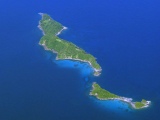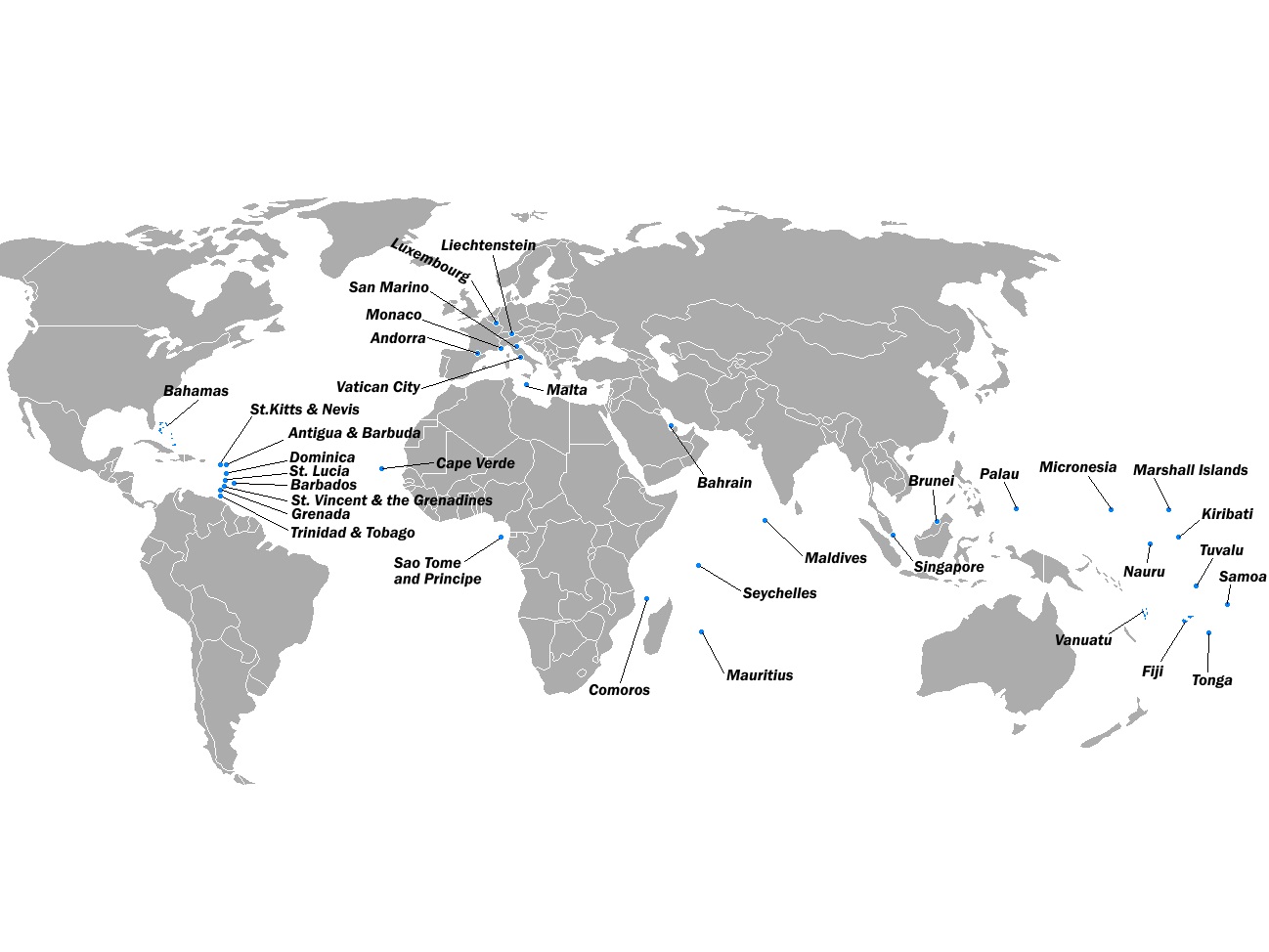Introduction
16 Jul 2012
Although more than half of the world's countries have populations of less than ten million people, these 'small states' are often underrepresented in the study of international relations. Indeed, diplomatic histories and analyses have long concentrated on the 'great' and 'middle' powers that were thought to shape the international system. More recently, and at the other end of the spectrum, the term 'microstate' has emerged to describe countries thought to be too small to enforce their own sovereignty. But what about small states? Are they, as Iver Neumann and Sieglinde Gstöhl claim in our introductory article, merely a "residual category" – ie, the states we are left with after the great powers, middle powers and microstates have been identified?
Even though the countries with fewer than ten million people account for only five percent of the world’s population, they play an important role in international politics. (One reason for this is their increased room for maneuver since the end of Cold War bi-polarity, as Dmitry Shlapentokh will argue next Friday.) But while a globalized economy and a more open international system provide opportunities for small states, they also entail very real risks, as Alyson Bailes explores in our second article today.
Over the course of this week, we will further examine how small states secure their desired ends and also address their unwanted risks and challenges. As it turns out, there are three basic ways that small states can survive in the international system – 1) they can cooperate with or hedge against great powers through bilateral means, 2) they can partner with other small states to build influence-promoting regional institutions, or 3) they can try and manipulate international organizations for their local gain. We will look at all three of these approaches over the next few days and therefore see how the political art of the possible is not exclusively reserved for the large and mighty.


